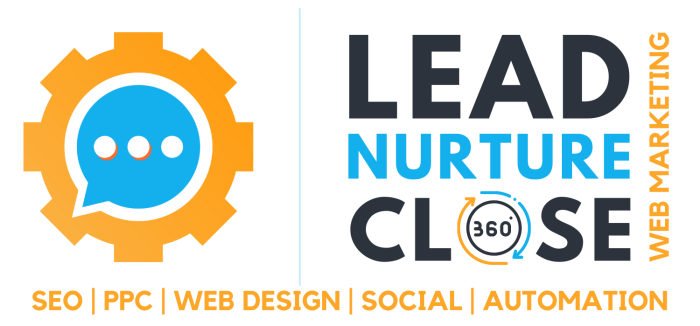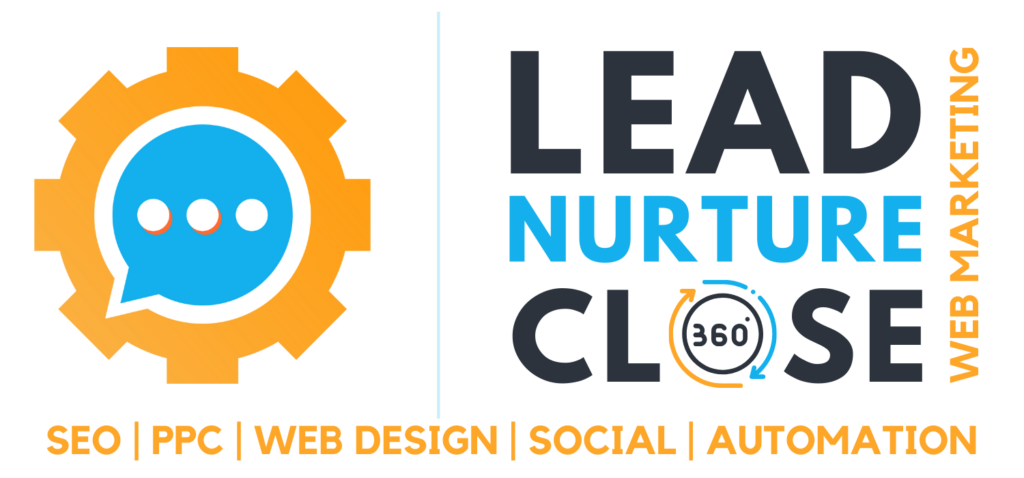Storytelling is one of the most powerful tools in branding. It can help you build connections with customers and stand out from your competitors. As a business owner, you may wonder how to start storytelling and what it means for your brand.
Let’s explore the importance of brand storytelling and how it can help your business succeed both online and off!
Storytelling is a powerful tool for any brand.
Storytelling helps you stand out from your competitors. We’re living in an era of information overload, which makes it difficult for businesses to stand out in a crowded marketplace. That’s why storytelling is such a powerful force–it’s one of the few ways to cut through the noise and connect with customers on an emotional level. It’s a way to tell your brand story, build relationships, and create an emotional connection with your customers.
Storytelling can help you differentiate yourself from your competitors and make your product or service more memorable. Whether it’s through blog posts, videos, or social media campaigns, storytelling can be an invaluable tool for creating an emotional connection with customers and building a strong and loyal customer base.
If you can tell stories that resonate with people–and especially if they are memorable enough that they become part of their personal identity–you can establish yourself as an authority on your topic or industry.
Why is storytelling so powerful? It gives you an edge over other brands in terms of authenticity. When you see someone telling you something authentic about themselves (and not just putting up a facade), it makes you more likely to believe them when they talk about their product or service offerings too.
Stories help you stand out from your competitors.
When you’re competing for customers, you have to stand out from the crowd. Storytelling is one way to do this. For example, if your brand targets millennials, then a story about how you started as a small business and grew into something big will resonate with them–especially if you tell it through visuals like photos or videos that show off your brand’s history and personality.
Stories build trust.
Stories also help build trust with customers because they give them an idea of who you are as an organization. Knowing who you are and what you represent makes it easier for people to decide whether they want to work with or buy from your company in the future.
By sharing stories, customers get to know the people behind the company and begin to trust in your services. It also helps build customer loyalty, as customers can identify with your story and become more inclined to work with you in the future.
Stories can be invaluable in helping create a strong bond between you and your customers and can help establish a relationship of trust and respect.
Stories connect with customers on an emotional level.
Stories help people connect with the brand, and in turn, they’re more likely to buy from brands they feel connected to. Stories help people connect with your brand at a deeper level, creating an emotional bond that important in today’s less personalized digital world. People feel more connected to a brand when they can relate to it and understand it, and stories help make that connection.
Through stories, people can relate to the values of your brand, its mission, and its products. People will be more likely to trust and be loyal to your brand, meaning they are more likely to buy from you. Stories are an effective way to build customer relationships that last, and the rewards are worth it.
Tips for Building Your Brand Through Storytelling
- Know Your Audience: Before you start crafting your brand story, understand who your target audience is and what they care about. This will help you create a story that resonates with them.
- Define Your Brand Values: Your brand story should align with your brand values. Think about what you stand for and what sets you apart from your competition. This will help you create a unique and relatable brand story.
- Be Authentic – Be authentic with yourself and others when sharing your story. Don’t try too hard or force anything out of context just because it sounds good at first glance.
- Focus on Emotion: People are drawn to stories that evoke emotions. Whether it’s humor, sadness, inspiration, or excitement, make sure your brand story elicits a strong emotional response from your audience.
- Make it Relevant: Your brand story should be relevant to your target audience. This means incorporating elements that are important to them, such as their struggles, desires, and aspirations.
- Use Visuals: Visual storytelling is a powerful way to bring your brand story to life. Whether it’s through video, images, or graphics, use visuals that are eye-catching and memorable.
- Keep it Simple: Your brand story should be easy to understand and remember. Avoid using technical jargon or convoluted language. Keep it concise and to the point.
- Be Consistent: Consistency is key to building a brand through storytelling. Make sure your brand story is consistent across all your marketing materials, from your website to your social media posts.
- Involve Your Team: Your team is an important part of your brand story. Encourage them to share their own stories and experiences related to your brand. This can help humanize your brand and make it more relatable.
- Measure Your Success: Finally, track the success of your brand storytelling efforts. Analyze the metrics that matter, such as engagement rates, brand awareness, and conversions, to see what works and what doesn’t.
Tap into the power of video.
One of the most powerful ways to tell your story is with video. Video content helps potential customers connect emotionally with your brand, which leads them to trust you more and makes them more likely to buy from you.
Video content is an incredibly powerful tool for telling your story and engaging with potential customers. By creating video content, you give potential customers the opportunity to connect emotionally with your brand. This helps build trust and can be the difference between them making a purchase from you or going elsewhere.
You can also use video to showcase your products or services, which can help customers solve their problems, making them more likely to invest in you. It’s a great way to draw people into your story, and you can use it to make a lasting impression that keeps them coming back. So, don’t underestimate the power of video content–it’s a phenomenal way to get your story across and connect with potential customers.
You don’t have to be a professional videographer or filmmaker to create quality videos for social media platforms like Instagram or Facebook. All it takes is some basic equipment (a camera), some creativity, and practice!
Stories are a powerful tool for connecting with customers on an emotional level, which is why they’re such an effective way to build trust in your brand. It’s about who you are as a company or what makes you unique.
This can show off the human side of your business, making it seem less like a faceless corporation and more like an actual person or group of people who care about their customers’ well-being. It can help you connect emotionally with customers, create connections between people and your brand, and stand out from competitors.
The best part is that there are many types of stories to choose from–and each one has its own unique value. So, whether you want to tell tales about founding fathers or astronauts who went to Mars, maybe it’s time for you to start telling stories!

















